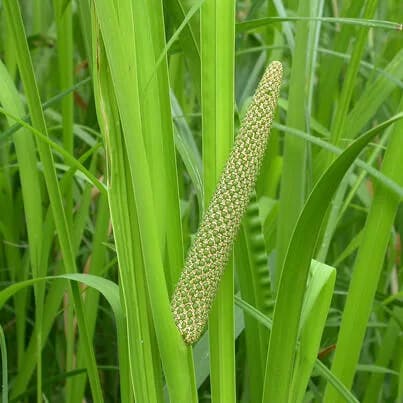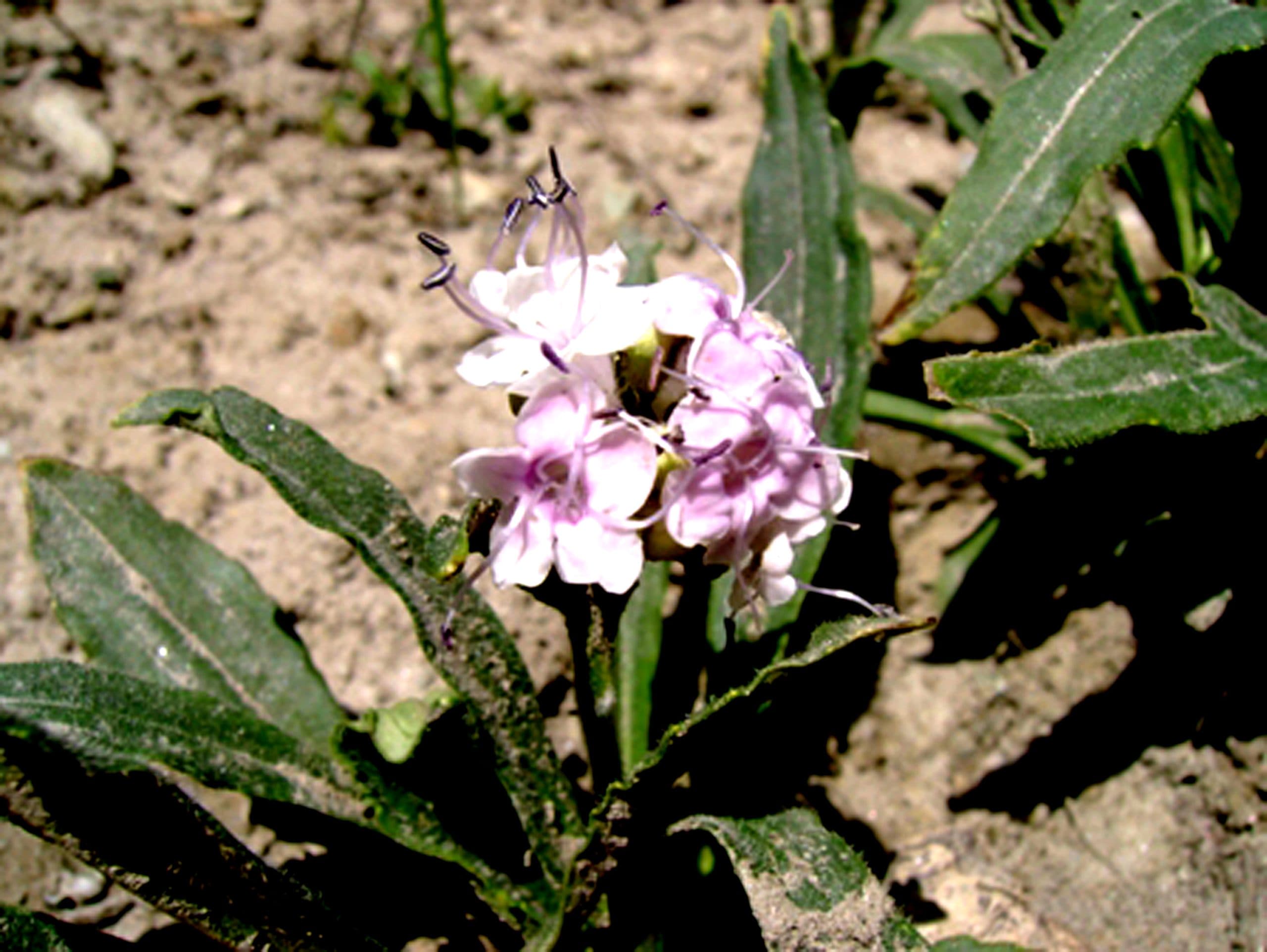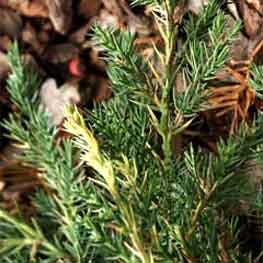
Products / Calamus Oil ct asarone

Calamus Oil ct asarone
Acorus calamus L.
Traditional Use
Known since biblical times, the aromatic rhizome (underground stem) of Acorus calamus L. is commonly referred to as calamus or sweet flag, Bhojo in Nepali. Calamus has been taken over the centuries as a remedy for various sorts of digestive upsets and colic, especially in children. Calamus is a perennial herb of the family Araceae, commonly found in moist habitats such as the banks of ponds or streams and in swamps throughout North America, Europe, and Asia. In appearance, it resembles the iris.Calamus has been regarded as an aphrodisiac in Indian subcontinent and Egypt for at least 2,500 years. In Europe, calamus was valued as a stimulant, bitter herb for the appetite (if not for the appetites), and as an aid to the digestion. In North America, the decoction was used for fevers, stomach cramps, and colic; the rhizome was chewed for toothache, and powdered rhizome was inhaled for congestion.Calamus is an important herb in Ayurvedic medicine, and is valued as a “rejuvenator” for the brain and nervous system, and as a remedy for digestive disorders.In Western herbal medicine the herb is chiefly employed for digestive problems such as gas, bloating, colic, and poor digestive function. Calamus, particularly A. calamus var. americanus, which is the most effective antispasmodic, relieves spasm of the intestines. Calamus helps distended and uncomfortable stomachs, and headaches associated with weak digestion. Small amounts are thought to reduce stomach acidity, while larger doses increase deficient acid production -a good example of how different doses of the same herb can produce different results.The root is anodyne, aphrodisiac, aromatic, carminative, diaphoretic, emmenagogue, expectorant, febrifuge, hallucinogenic, hypotensive, sedative, stimulant, stomachic, mildly tonic and vermifuge. It is used internally in the treatment of digestive complaints, bronchitis, sinusitis etc. It is said to have wonderfully tonic powers of stimulating and normalizing the appetite. However if the dose is too large it will cause nausea and vomiting. Sweet flag is also used externally to treat skin eruptions, rheumatic pains and neuralgia. An infusion of the root can bring about an abortion whilst chewing the root alleviates toothache. It is a folk remedy for arthritis, cancer, convulsions, diarrhoea, dyspepsia, epilepsy etc. Chewing the root is said to kill the taste for tobacco. Roots 2 – 3 years old are used since older roots tend to become tough and hollow. They are harvested in late autumn or early spring and are dried for later use. The dry root loses 70% of its weight, but has an improved smell and taste. Caution is advised on the use of this root, especially in the form of the distilled essential oil, since large doses can cause mild hallucinations.Calamus oil is obtained by steam distillation of the dried comminuted rhizomes of Acorus calamus L.
Other Details
Packing
Aluminum containers and epoxy-lined metallic barrels 500g, 1 kg, 5 kg, 10 kg, 50 kg, 100 kg, capacities.
Actions
Uses
- In perfumes of the woody oriental type; in spice blends and flavors for alcoholic beverages and Medicinal & Aromatherapy use









